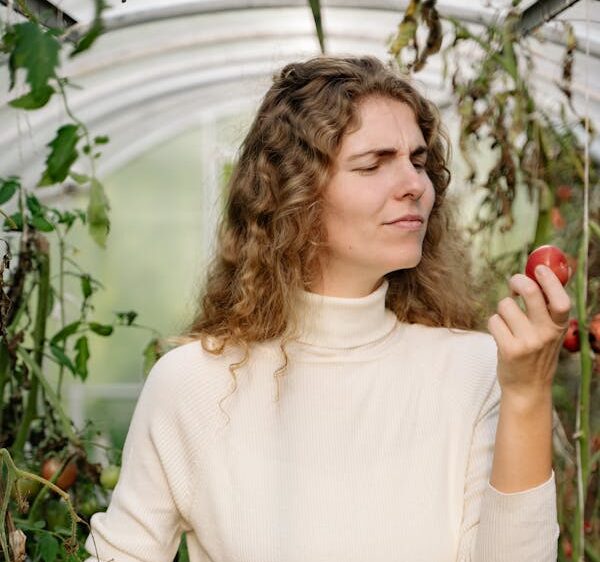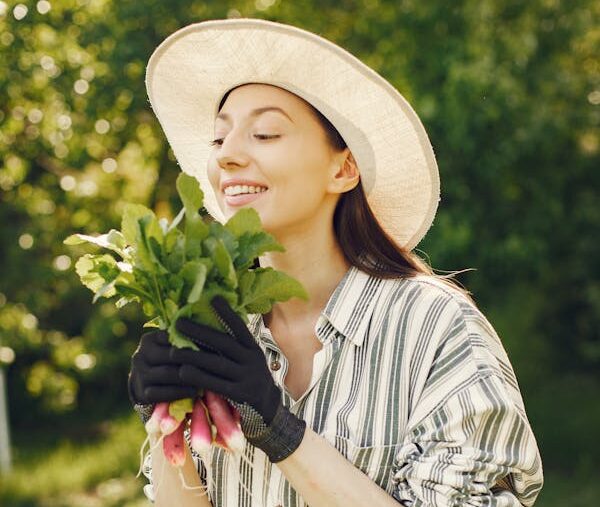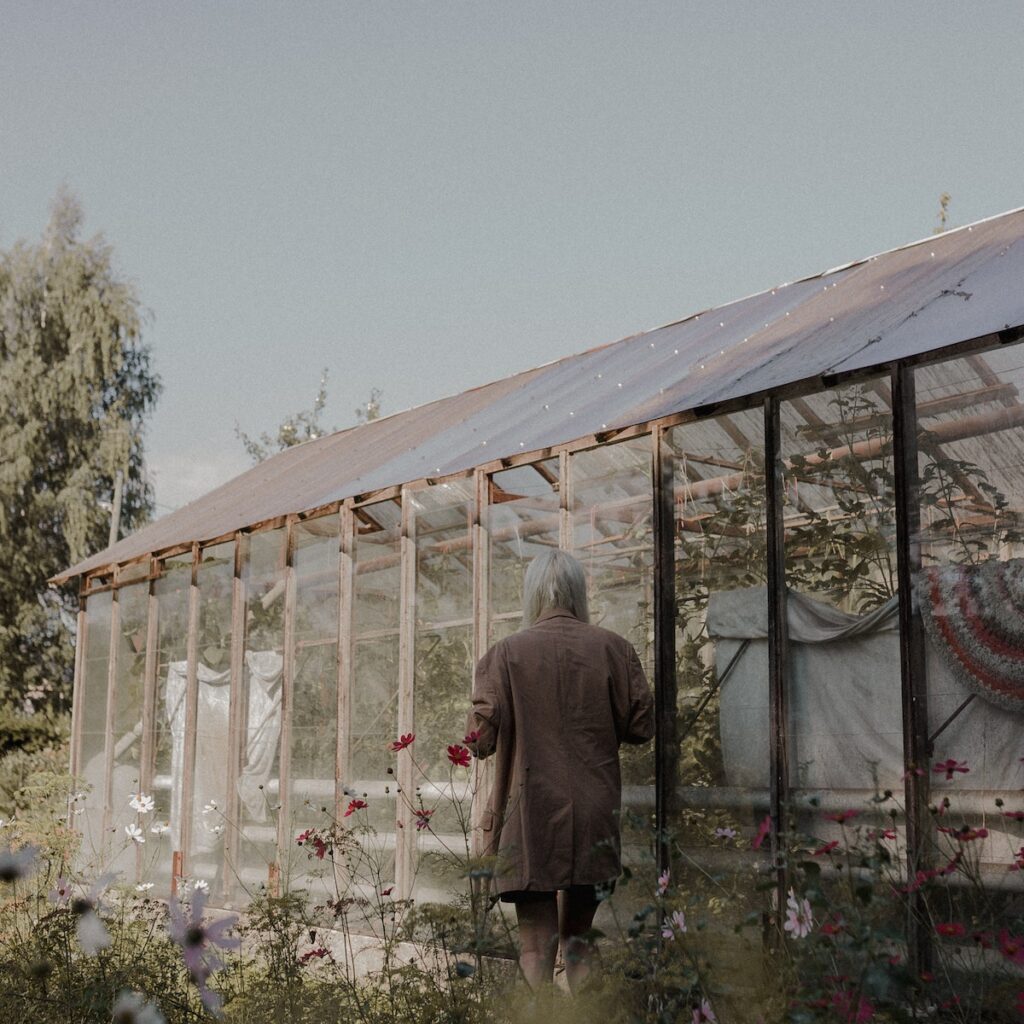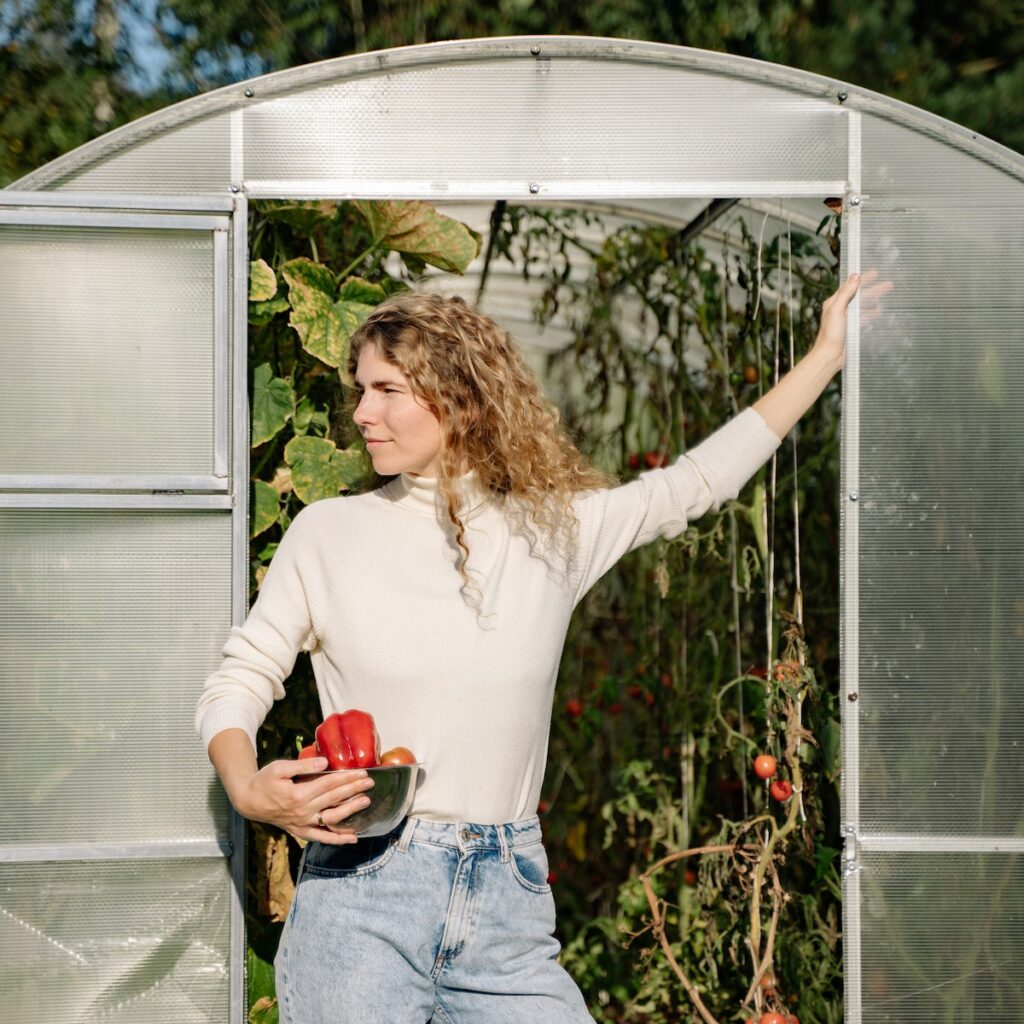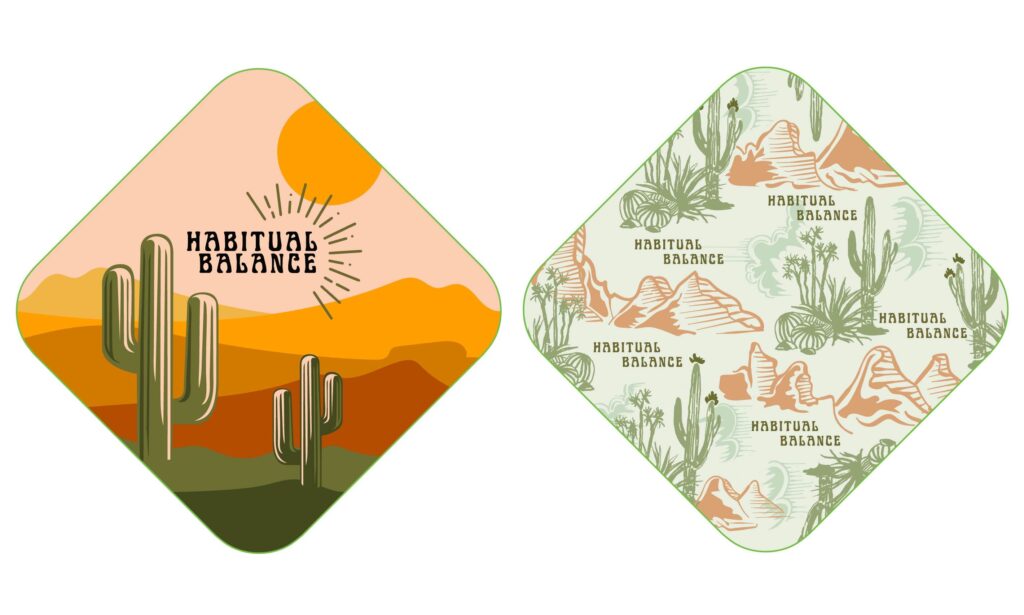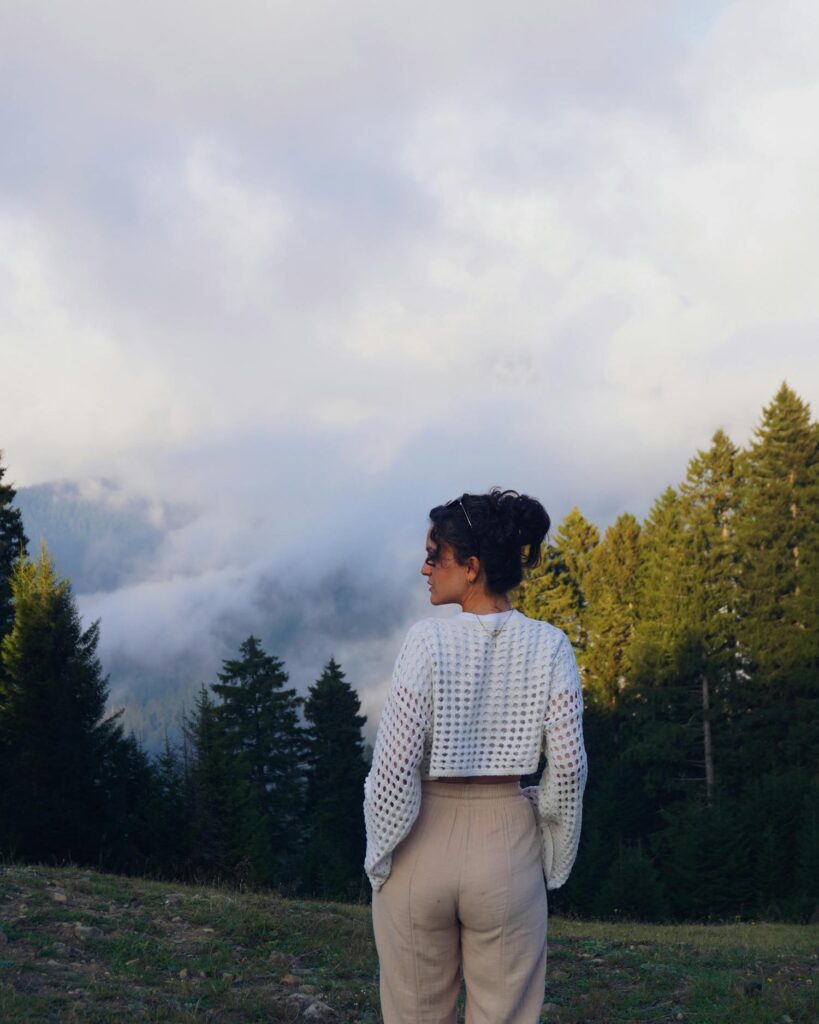
Reclaiming My Life: The Fight Against Anxiety Part 1
Hey guys. We have talked a lot about self-growth on this blog, but I wanted to share with you a little more about my more recent vulnerabilities that I’ve been experiencing. As a human, we all have our flaws. We all have comfort zones and levels to push past on


